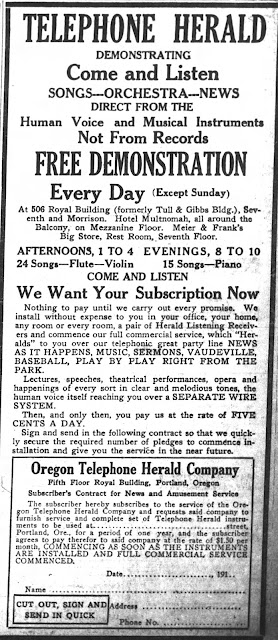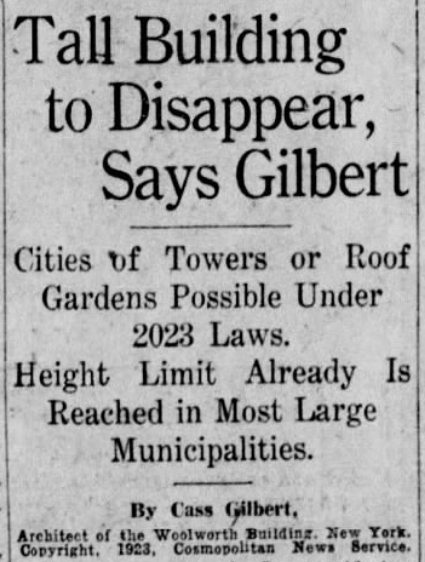© Mark Ollig
The Consumer Electronics Show, known as CES, is a yearly international technology event managed by the Consumer Technology Association.
In 1967, the first CES took place in New York City and included 250 exhibitors and 17,500 attendees.
CES 2023 took place from Jan. 5 to Jan. 8 in Las Vegas, with an attendance of around 115,000; press and other media totaled over 4,700.
Technology vendors provided approximately 3,200 exhibits of technology, covering nearly 2.2 million net square feet of floor space.
US Secretary of Energy Jennifer Granholm spoke during CES 2023, and forty-four others in the technology sector gave keynote speeches.
John May, the chairman and CEO of John Deere was among the keynote speakers.
“Farmers never have a shortage of work to do on any given day,” said Jahmy Hindman, chief technology officer for John Deere.
As they say, “nothing runs like a Deere,” and the winner of the CES 2023 award for Vehicle Tech and Advanced Mobility was the fully autonomous, self-driving John Deere tractor at CES, presented initially during CES 2022.
The 8RT 310 to 410 horsepower tractors equipped with the autonomous driving package reportedly cost around $600,000.
The autonomous functionality will be available for retrofitting other John Deere tractor models.
Portable refrigerators for camping have been around for a while, but the EcoFlow Glacier is exceptional for those who enjoy camping off-grid.
This one features a built-in icemaker. Just pour water into the icemaking chamber, and you will have up to 18 ice cubes in 12 minutes.
The refrigerator’s interior is lighted, and a rechargeable 297 Wh (watt-hour) battery keeps the fridge operating for up to 24 hours.
I was impressed with its direct solar charging, how it doubles as a power supply to recharge smart devices, and its built-in USB-C port to charge laptops.
The EcoFlow Glacier looked very durable, and its portable wheel configuration provides it with mobility.
The refrigerator can also be fully controlled remotely using a smartphone app.
EcoFlow did not release the refrigerator’s dimensions, but it reportedly can store around 50 cans of your favorite beverages.
The company said their new refrigerator would be available in the spring of 2023.
An official price has yet to be released.
Other products at CES 2023 included self-driving vehicles, electric scooters, and a flying car called the ASKA A5.
Yes. A flying car.
Founded in 2018, NFT, Inc., doing business as ASKA, is building a flying hybrid-electric vertical takeoff and landing vehicle.
ASKA A5 is the first four-seat electric vehicle one can drive on the highway and soar in the air.
The company’s website askafly.com is taking pre-orders of the ASKA A5, where they priced it at $789,000.
ASKA, with headquarters in Los Altos, CA, expects to have our Jetson’s flying car ready by 2026, so stay tuned and keep your eye on the sky.
The CES 2023 also showcased the Smart Mirror – SMRT6090, made by EONEOMS Ltd. in Seoul, South Korea.
It is also known as the Hey Mirror, possibly referencing the command “Hey, Google” when interacting with the Google intelligent Hub Nest device.
The Smart Mirror – SMRT6090 is an artificially intelligent electronic mirror allowing user interaction.
One can use it to see video and text, check the news, weather, or other information, and have it presented on its electronic display through touch or with its voice recognition feature.
It has LED illumination and an LED 405-based sterilizing light, which can be automatically activated to remove airborne impurities.
An impressive 5.8 GHz radar module sensor in the mirror detects the presence of anyone in the space it occupies.
The mirror can also pair with your other intelligent devices.
In addition to all the bells and whistles, the company says it functions as a “reflecting surface,” which most of us would agree is an essential mirror feature.
The company’s website says, “Through ‘Hey Mirror,’ you can experience extraordinary joy in your living space. It can be installed directly in the bathroom, bedroom, dressing table, living room, as well as in the entryway.”
I’m all for joy.
Two years ago, CES 2021 canceled public attendance of the show, making it an entirely online virtual event due to the COVID-19 virus.
CES 2022 saw sparse attendance because of the ongoing virus fears. It was once again primarily an online digital event; Twitter, Meta (Facebook), T-Mobile, and Amazon did not attend it.
“CES 2023 was the great reconnection and rocked by every measure, from attendance to the keynote stage to press conferences and product debuts on the exhibit floor,” said Gary Shapiro, president, and CEO of the Consumer Technology Association.





.jpg)


_1893.jpg)


